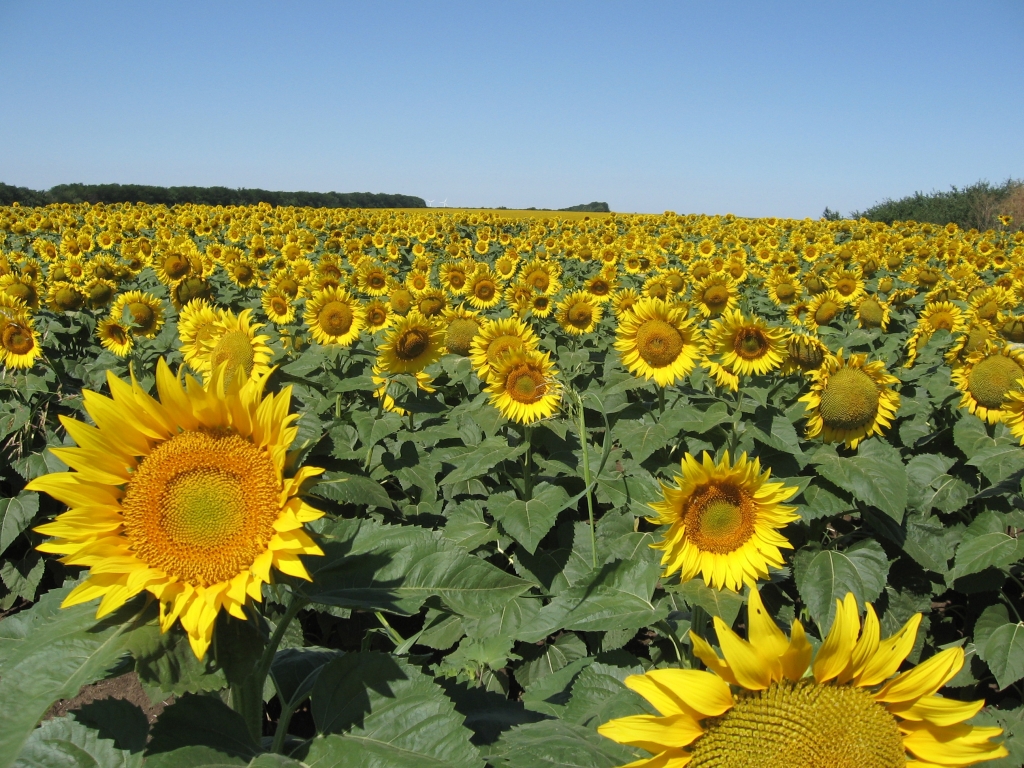Sunflower
Sunflower belongs to the family of Asteraceae (Compositae), Helianthus genus. There are over 100 varieties known of that genus, most of which are widespread as wild plants.
Sunflower originates from the steppe of North America, where wild varieties still exist.
The species was brought to Europe in 1510 and it was planted in the botanical garden in Madrid. It was originally grown as an ornamental plant as well as because of its seeds.
However, it has been grown as an oil-yielding crop since the beginning of XIX century in Voronezh region, Russia, where it was reintroduced into Europe from.
According to FAO (Food and Agriculture Organization of the United Nations) statistics, sunflower areas in the world exceed 100 million decares and it is ranked third oil-yielding crop after soybeans and coleseeds. The biggest producers are the People’s Republic of China, Russia, Argentina, France, Ukraine, Australia, etc. Bulgaria is also among the ones of highest rating both as a producer and a selection centre in the world. Sunflower is mainly grown because of the seeds, which are used to get the most commonly preferred vegetable oil in Bulgaria.
Apart from foodstuffs (cooking oil, margarine, tinned foods, confectionary, etc.) there are also several applications of sunflower oil. It is used in soap, varnish and more industrial goods.
Sunflower is of great significance in Bulgarian farming. Due to the fact that sunflower is an earth-up crop its planting contributes to the regular rotation of agricultural crops. Due to the fact that sunflower is a drought-resistant crop it could be grown on large areas. At present, sunflower is planted on an average area of 6-7 million decares. Due to that fact, sunflower is ranked the second farming crop of utmost significance and importance after wheat. Its economic worth is substantiated by the fact that the international trade with sunflower seeds is among the most successful ones.










